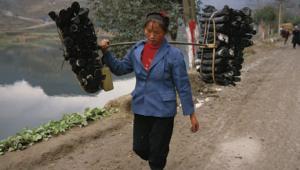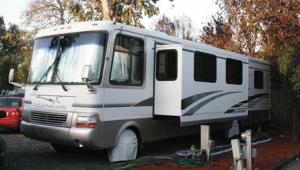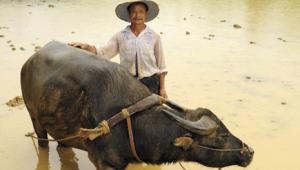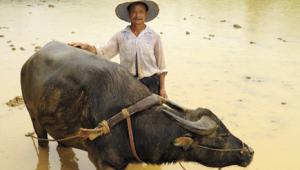10 Air Travel Tips
How To Protect Your Photo Equipment
No matter where we travel
during the summer, a camera is a constant companion, for recording the
sights, scenery, wildlife, and people we encounter. Traveling by air
however, does pose problems, especially for those who take a lot of
equipment. The risks of damage, theft, and unnecessary expense should
not be underestimated. As airport security and other regulations become
more stringent, photographers need to plan ahead, taking suitable steps
to ensure peace of mind. If you're planning a trip on a commercial
airline, consider the following information and tips for your film and
photo equipment. American: www.aa.com/American?BV_Operation=Dyn_AAPage&referer=index.html |

















































